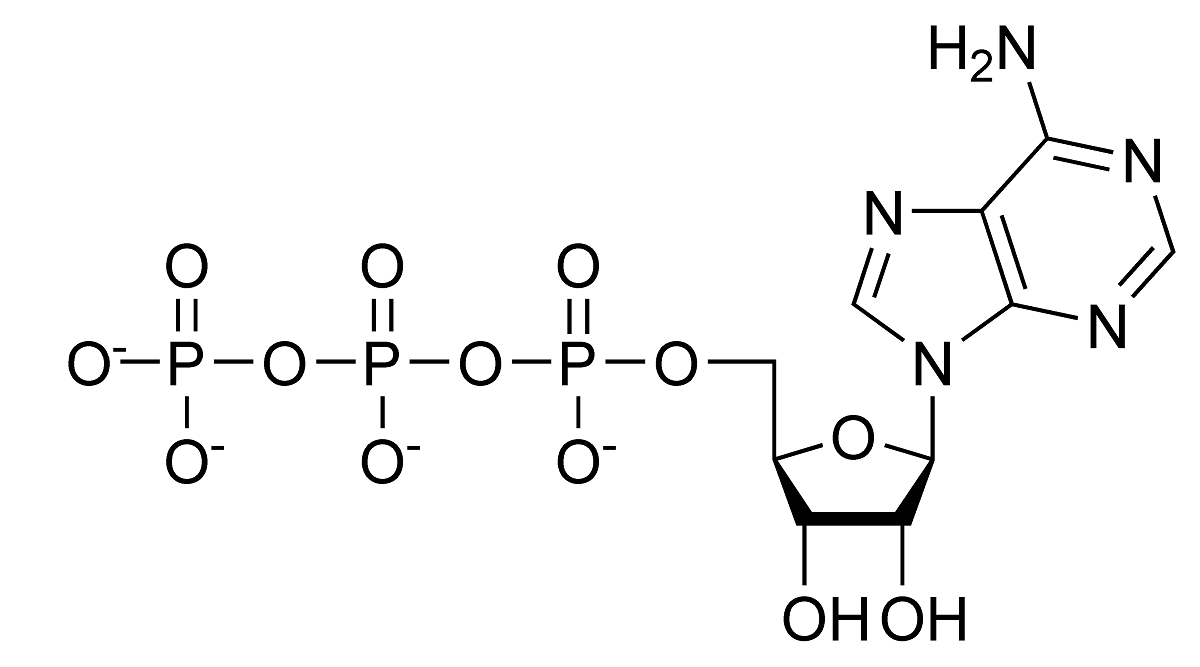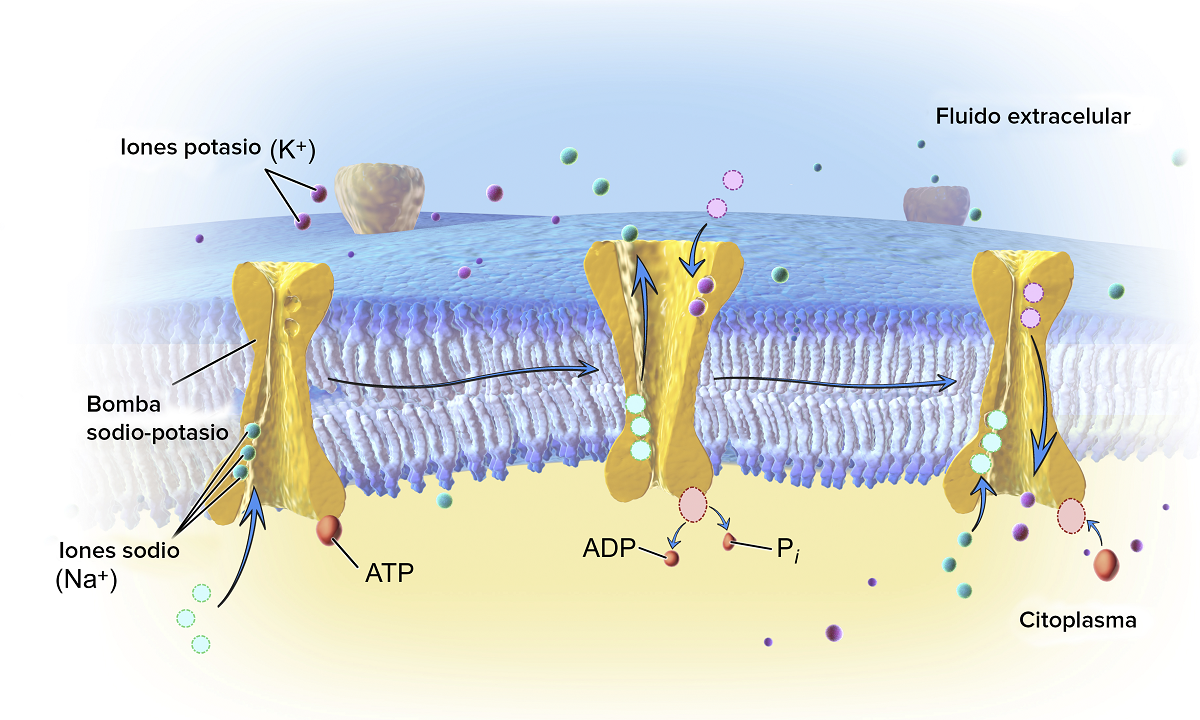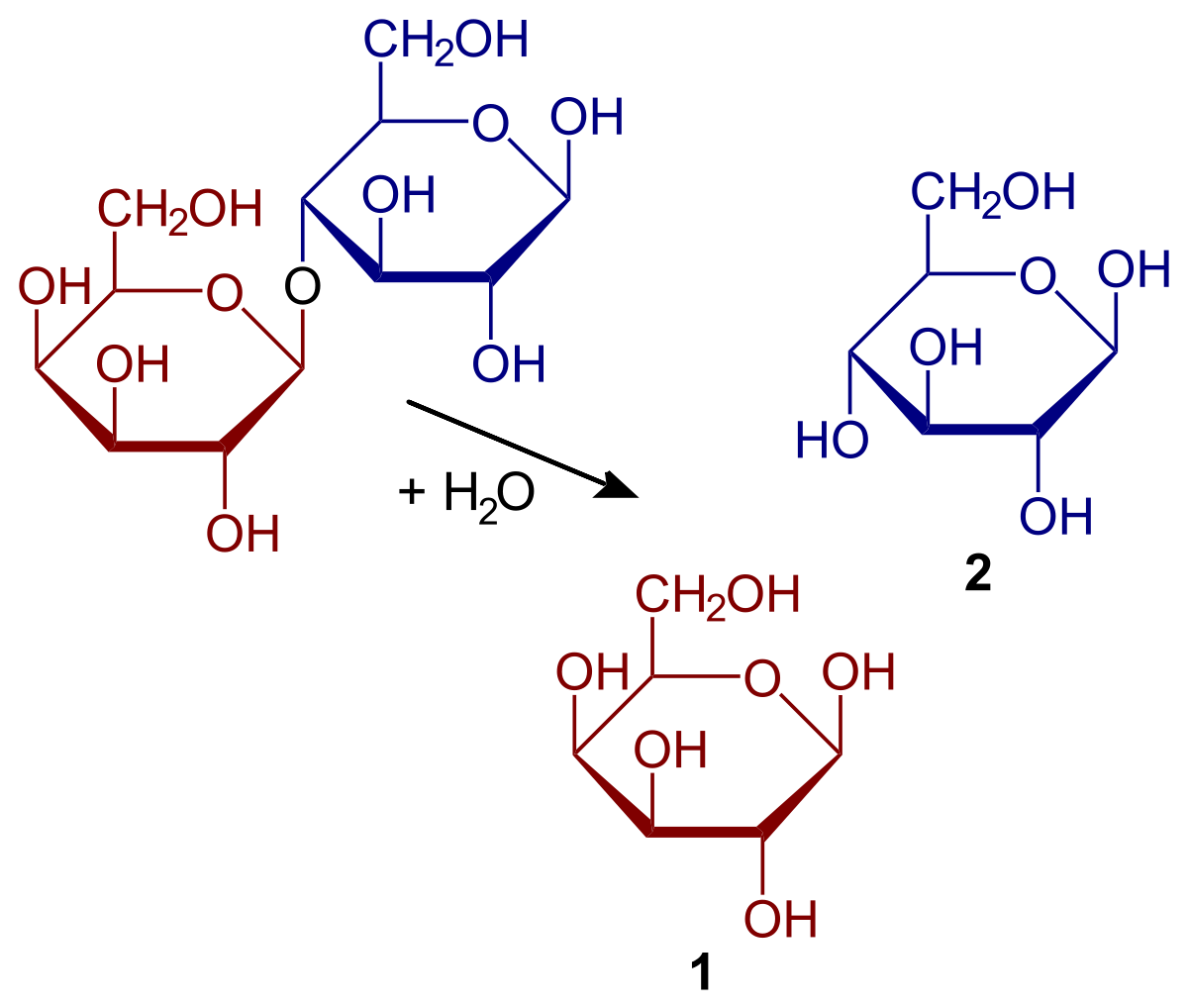
In the field of chemistry we have the chemical reactions that occur between molecules and atoms. Today we are going to talk about the hydrolysis. Hydrolysis is a type of chemical reaction that can occur between inorganic and organic molecules or ions. The main characteristic of hydrolysis is that it involves the participation of water so that the bonds can be broken.
In this article we are going to tell you about all the characteristics and importance of hydrolysis in the field of chemistry.
What is hydrolysis

We are talking about a type of chemical reaction that can occur between both organic and inorganic molecules. The essential condition is that water must be involved so that it can break the bonds of these molecules. The word hydrolysis comes from the Greek hydro, which means water and from lysis, which means rupture. Translated in form, hydrolysis could be known as the breakdown of water. In this case, we are talking about the breaking of the bonds of some reactants through the participation of water.
The water molecule is made up of two hydrogen atoms and one oxygen atoms. Thanks to this combination of atoms, an equilibrium is formed between the ions of salts of weak acids and bases. Acids and bases are concepts that appear in general studies of chemistry and analytical chemistry. Hydrolysis can be said to be one of the simplest chemical reactions out there. The general equation for a hydrolysis is as follows:
AB + H2O = AH + B-OH
There are several examples of hydrolysis where water or by itself cannot break a certain covalent bond. We remember that a covalent bond is one in which several molecules with non-metallic characteristics join together to form another new molecule. The bond that joins them is known as a covalent bond. When water alone is not capable of breaking this bond, the process is accelerated or catalyzed by acidification or alkalization of the medium. That is, in the presence of ions, hydrolysis can be catalyzed. And there are enzymes that are capable of catalyzing the chemical reaction of hydrolysis.
Key features

Let's see what the characteristics are and what hydrolysis consists of. This type of reaction occupies a special place when it comes to biomolecules. And it is that the bonds that hold the monomers of the molecules together are susceptible to hydrolyzing under certain conditions. That is, the covalent bonds with which the molecules are attached can be broken in the presence of water. An example of this is sugars. Sugars are capable of hydrolyzing to break down polysaccharides into monosaccharides. This occurs thanks to the action of enzymes known as glucosidases.
It must be taken into account that it is not only the molecule a substrate that breaks the bond. The water itself also fractures and eventually separate the ions. Water fractures into H + and OH–, where H + ends with A, and OH– with B. AB thus reacts with a water molecule, producing two products, AH and B-OH.
Therefore, we can say that hydrolysis is a chemical reaction contrary to condensation. From condensation, two products join by releasing a small molecule. This small molecule is water. On the contrary, in hydrolysis a molecule is consumed, while in condensation this electrolysis molecule is consumed, released or produced.
To make it much easier to understand, we are going to explain the example of sugars again. Let's assume that AB is a sucrose dimer. In this case A represents glucose and B represents fructose. This bond in, which is known by the glycosidic name, can be hydrolyzed to give rise to two separate monosaccharides and the solution. The same happens with oligosaccharides and polysaccharides if the enzymes are the ones that act in the reactions.
We know that this chemical reaction has only one direction. This means that it is a type of irreversible hydrolysis. On the other hand, there are hydrolysis reactions that are reversible once equilibrium is reached.
Examples of hydrolysis reactions

Let's see what are the main examples of hydrolysis that occur naturally. First of all, see the hydrolysis reaction of ATP. We know that this molecule has stable pH values between 6.8 and 7.4. However, if the pH values increase to become much more alkaline, it can hydrolyze spontaneously. In living beings, hydrolysis is catalyzed by enzymes known by the name of ATPases. It is a type of exergonic chemical reaction. This means that the entropy of ADP is greater than that of ATP, so the free energy variation occurs by hydrolysis of ATP. This type of hydrolysis employs numerous endergonic reactions.
Coupled reactions are another type of reaction where hydrolysis occurs. In some cases it is used for the conversion of a compound A into a compound B. The best known example of hydrolysis naturally occurs in water. It is as if one of the water molecules could be fractured into ions and the hydrogen proton bonds with the oxygen atom of the other water molecule. This gives rise to the hydronium ion. It could be termed more than a hydrolysis as an autoionization or autoprotolysis of water.
Finally, another of the parts where these reactions are generated in a common way in proteins. We know that proteins are stable molecules and to achieve their complete hydrolysis, extreme conditions are required. We remember that proteins are made up of amino acids. However, living beings are endowed with an arsenal of enzymes that allow the hydrolysis of proteins into amino acids in the duodenum.
I hope that with this information you can learn more about hydrolysis and its characteristics.